Tonto Natural Bridge
The largest natural travertine bridge in the world is nestled in a small canyon in central Arizona.
It isn’t only humans and stomach-churning masses of swarming ants that are capable of building bridges. Mother Nature can build bridges, too — she just needs the right geological circumstances, and several million years.
Tonto Natural Bridge is the result of one such combination of materials and slow, iterative natural forces. Lava flows created a base of rhyolite, which an ancient sea then covered in sand and mud. This sediment layer formed limestone that was again covered in lava, forming a basalt cap that was broken and shifted by erosion and tectonic activity, creating what is now known as Pine Creek Canyon. As water filtered down through the broken cap and into the underlying limestone, mineral-rich limestone aquifers were created. The water in these aquifers then returned to the surface in the form of springs, depositing travertine — a type of limestone specifically created by such springs — which over time formed a travertine dam across the canyon, which was bored through by the water flowing on the canyon floor. And bingo bango, you’ve got a bridge.
Tonto Natural Bridge is a geological wonder not only because it is believed to be the largest natural travertine bridge in the world, but also because the area contains a gap in the geological record, with some 225 million years (starting 300 million years ago and ending 75 million years ago) unaccounted for in the surrounding rock formations. In a similarly numerically-staggering manner, consider this: a person underneath the bridge can stand with their feet on the rhyolite and their hands on the travertine, thus spanning a period of millions of years with just the length of their body.
Tonto Natural Bridge was discovered in 1877 by a Scottish prospector named David Gowan, who was being chased by Apaches and needed a place to hide. After hiding in the tunnel for three days and two nights, he laid claim to the bridge and canyon via squatter’s rights and moved the rest of his family over from Scotland in 1898. The Gowan family lived in the area until 1948, and their lodge still stands as part of Tonto Natural Bridge State Park, which was formed in 1990 to preserve the area.
This 183-foot high bridge is beautiful from every angle. The three hiking trails in the area bring you all the way down to the 400-foot long tunnel. If you are not afraid of slipping on some algae, you can make your way through the tunnel to one of the other trails. Tonto Natural Bridge will not disappoint any visitor. There are viewing points from above so those who are not in the hiking mood can still enjoy the beautiful scenery.










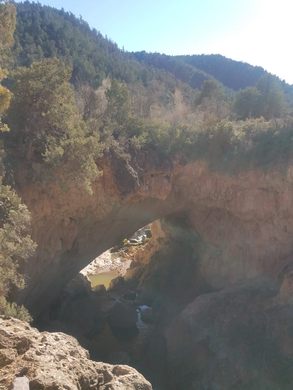






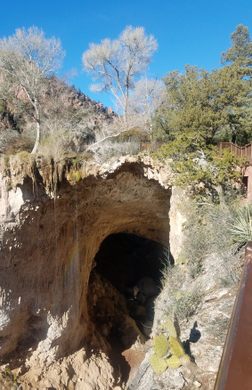







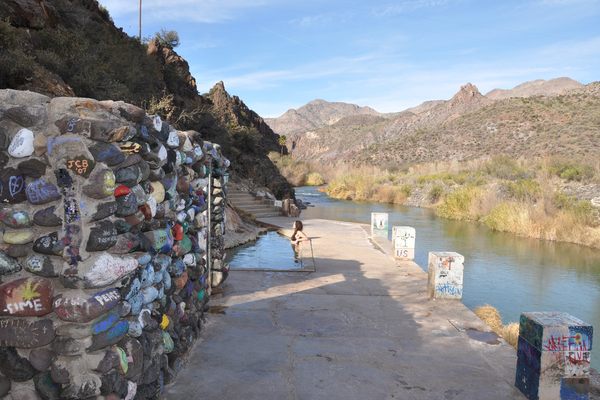
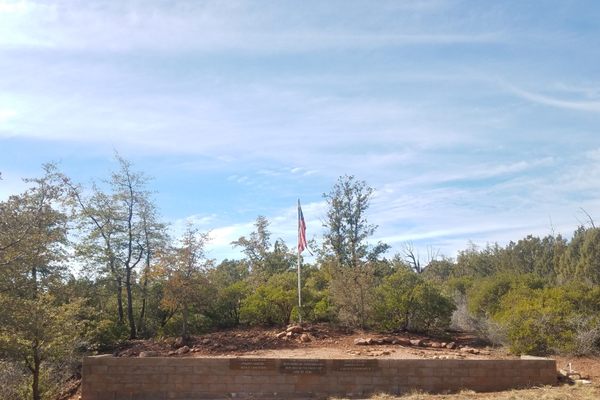

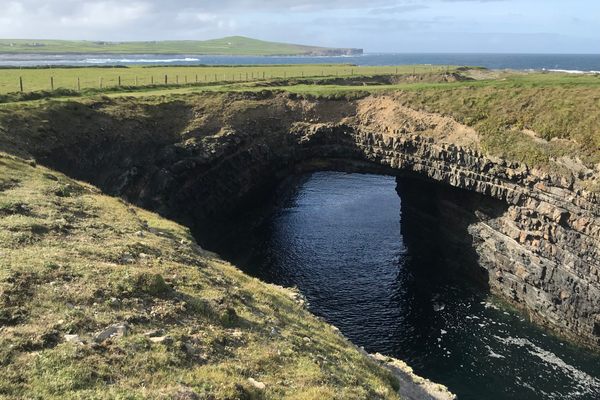
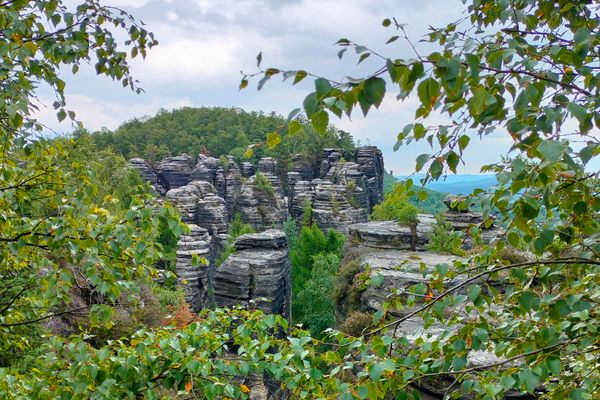

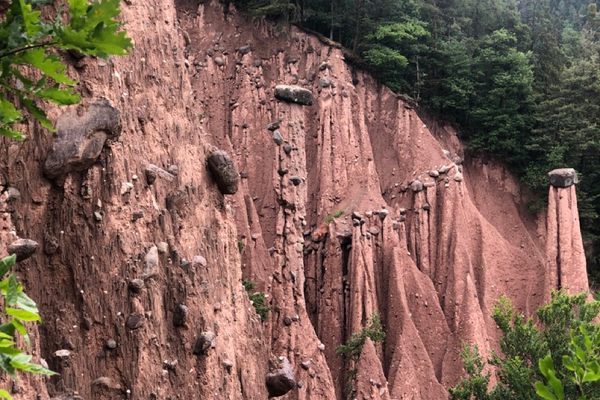

Follow us on Twitter to get the latest on the world's hidden wonders.
Like us on Facebook to get the latest on the world's hidden wonders.
Follow us on Twitter Like us on Facebook